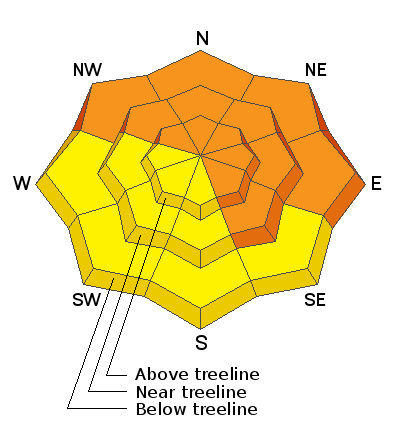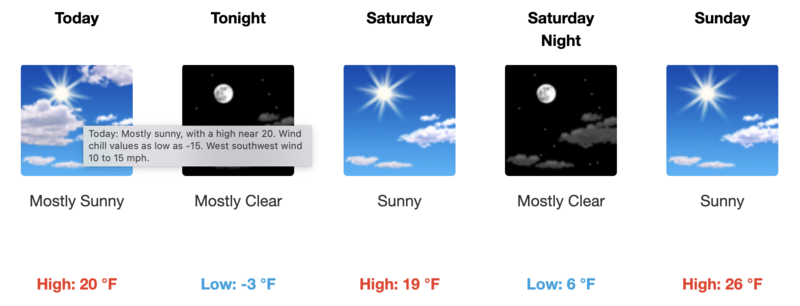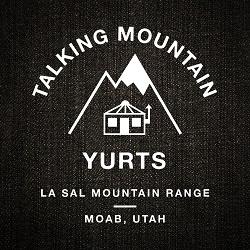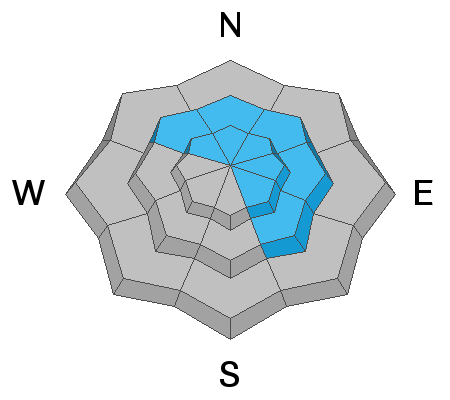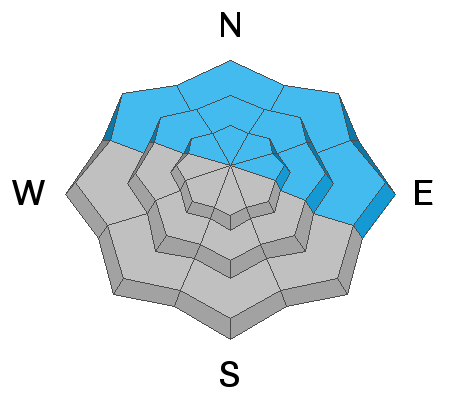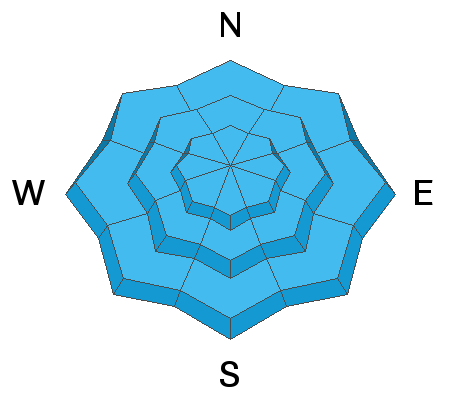Road Conditions: Grand County plowed yesterday but they may be up doing additional work today. Check back for updated information or head up early.
Grooming: LUNA Matt will be up grooming today.
6:00 a.m. weather data:
24 Hour Snow 0" 72 Hour Snow 18" Base Depth at Gold Basin 60" Wind SW 10-20 Temp 6F
It's been great to see the return of winter and some significant snowfall! Storm totals for the week are up to around 30" at 2.0" of SWE (Snow Water Equivalent). It looks like that's going to be it for awhile so get it while you can. The good news is that conditions are going to remain cool, and winds should be pretty well behaved for the next little while so the snow should stay good through the weekend.
Snowpack
Deep and drifted snow is the story out there right now but some settling has occured. Throughout much of the storm cycle SW winds have blown and drifted snow onto leeward aspects and northerly facing slopes are heavily loaded. Drifts have formed over a variety of old snow surfaces including hard and crusted, to loose, weak and faceted. The weakest underlying snow can be found on sheltered slopes right around treeline. Above treeline the distribution of this weak layer is much more variable. For now however, the immediate threat comes from new and especially wind drifted snow and all avalanche terrain should simply be avoided. As the snow settles out and the danger becomes less obvious, the presence of buried weak, faceted snow will continue to be problematic.
I was down in the Abajo Mountains yesterday and found sensitive avalanche conditions with about 16" of new snow.
In our travels on Wednesday, UAC director Mark Staples, and I observed a handful of pockety, natural wind slab releases. Though not very wide they looked to be about 2'-3' deep. We were also able to trigger this wind drift on a steep, NE aspect right around treeline. Only about 30' wide, it measured up to2 4" deep and failed on weak, sugary, facets.

